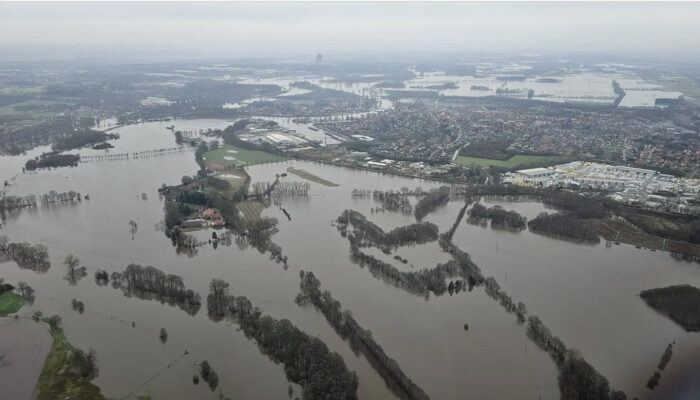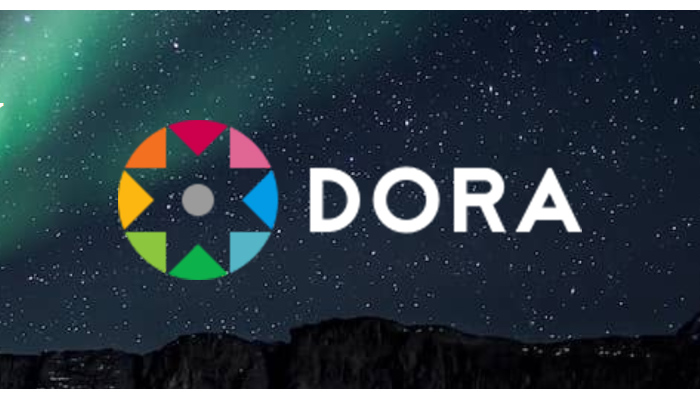After the wet December 2023, the year 2024 started with widespread flooding in parts of Europe. Flooding during winter times is not unusual but brings particular challenges in terms of spatial extent, and the impact on people can be exacerbated when flooding comes with very low temperatures. The exceptionally wet and warm winter necessarily triggers questions from the public about how this links t ...[Read More]
May the year-end be Exceptional, not only hydrologically!
What a hydrological year it has been! From the winter drought and flash floods detailed in Matano and Avanzi‘s blog post to the remarkably warm and wet November 2023, Europe has witnessed a range of extraordinary weather phenomena. In the Alpine region, the convergence of warm and wet weather resulted in numerous rain-on-snow events (see eg. the streamflow recording below), offering valuabl ...[Read More]
How far can we take the DORA rules?
DORA stands for Declaration on Research Assessment, also known as the San Francisco Declaration on Research Assessment. The declaration was developed back in 2012 during the Annual Meeting of the American Society for Cell Biology in San Francisco and has become a worldwide initiative since then. The country where you are currently reading this post has most probably signed the declaration (the cou ...[Read More]
WORLD WATER DAY 2022 GROUNDWATER – MAKING THE INVISIBLE VISIBLE
Today is the World Water Day 2022 focused on groundwater. Yesterday, was launched the UN World Water Development Report 2022 “Groundwater – making the invisible visible” at the opening ceremony of the 9th World Water Forum in Dakar, Senegal. The World Water Day has been proposed at the United Nations Conference on Environment and Development in Rio de Janeiro, 1992 and adopted by the Gener ...[Read More]




